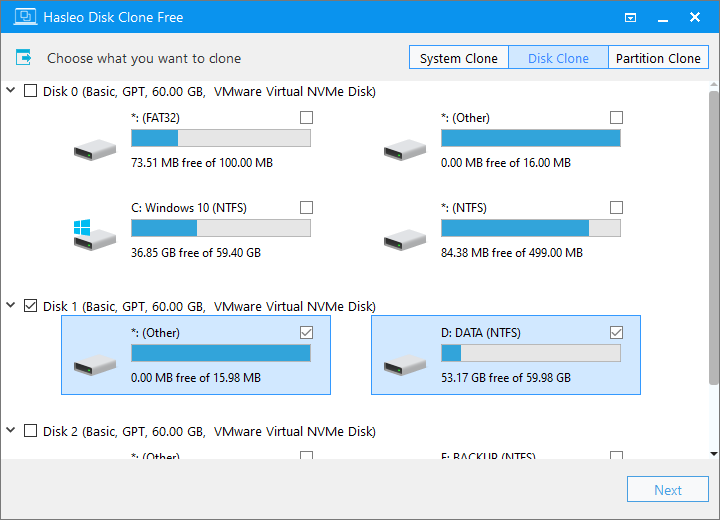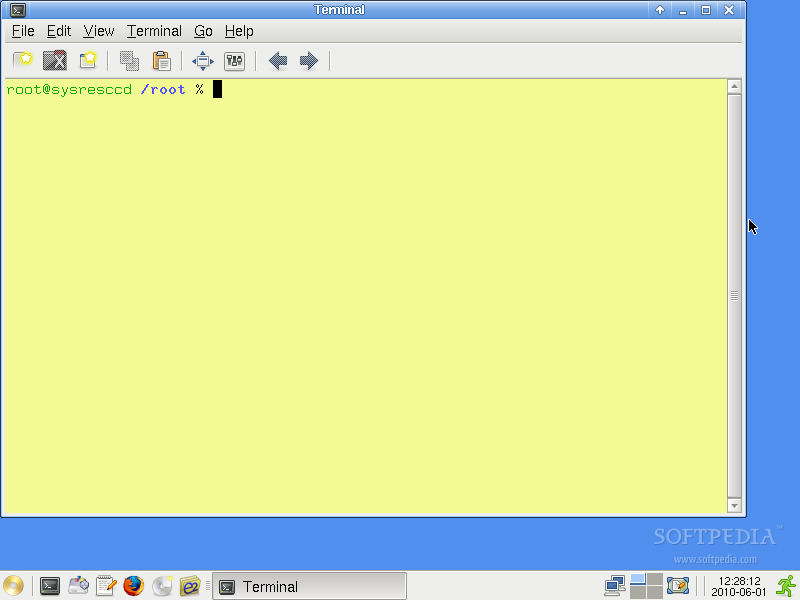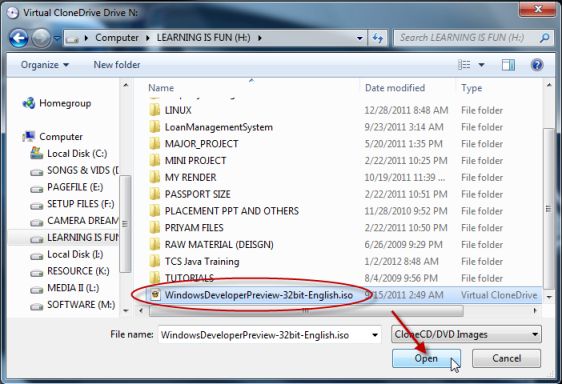

It seems to have parts of a copy feature (right click and potentially select copy/paste) but it's not functional. It also allows one to *move* partitions, which is slow but solves a real problem. Gparted is a very sweet tool hard managing & re-arranging partition.

Sorry - there are no real winners for noobs on this lst. Also it can't handle ext4, btrfs and other newer FS's Partimage has a clunky VGA interface but seems to have be a competent partition / part-info storage and copy tool. Gparted-live - is still a cleaner looking gparted interface than systemrescuecd. Must manually start the X11 interface (yak). Does include partimage & partimaged daemon with a clunky vga interface.
Systemrescuecd clone drive manual#
Systemrescuecd - includes gparted (gui) and a few other command command line tools but doesn't solve the cloning problem w/o manual intervention. I prefer using "partimage" while moving partially (30%-) filled HD or while moving to a larger (30%+) HD.Īnd I am not very impressed with any of these for cloning.Ĭlonezilla - does have actual cloning tools, including network copy using some unspecified client, but the live directions are confusing and obtuse and the vga/text interface is stylistically from the last millenium. Moreover, some Linux systems store recovery information on a swap partition, which can be transferred with dd only.īack to performance: how long would it take to create a few partitions (say, /boot, / and swap) and an LVM configuration for other filesystems? If an installation is not the simplest one, I don't believe that "dd" would be slower. Especially when there is more than one system installed, and useless with DOS/Windows partitions. or just to copy a file from the backup disk. Read-only mode) very usefull to identify things that have changed - especially if they I find the advantage of being able to mount the disk/partitions (even in a

and likely have to change these in more time critical moments (recovering from aįailure).

To do that, you have already taken the same amount of time to initialize the partitions Like change logical volume identifications, and volume labels. Primary without problems - not necessarily true with the dd copy. use tar to copy only real data (avoids copying unused space.)įrom a performance view, if the filesystem is under 40% used, tar will be faster thanįrom a portability/reusability view, the backup disk can be mounted alongside the Make sure the other volumes/partitions are initialized appropriately (ie, both sourceĪnd destinations are the same partition type/logical volume initializations)ħ. have a reasonable /boot partition size(I suggest 1-2GB as Fedora keeps increasing the required size)Ħ. change the MBR of the target to do the same.Ĥ. change the MBR (if system disk) to boot partitions, and not directly boot the kernelģ. manually create partition tables on the target drive.Ģ. The last time I was doing disk imaging it was toġ. The original disk out and putting the "backup" in place. Makes the resulting copy useless as a media backup. In that a copy of the disk doesn't copy the additional controller information. Mount the disk/partition by UUID (or volume label).Īnother issue can be caused by some of the "smart" disk controllers (fake raid things) Partitions) becomes copied to the second disk - this can cause problems if you Using dd can become unreasonable for TB drives.Īnother problem is that any UUID (or volume label) assigned to the first disk (or One problem that can occur using dd - it can take a VERY long time if you have


 0 kommentar(er)
0 kommentar(er)
